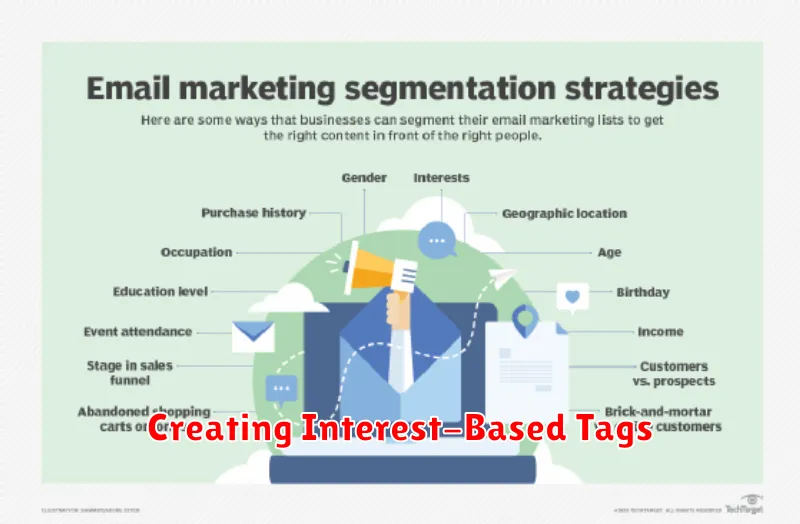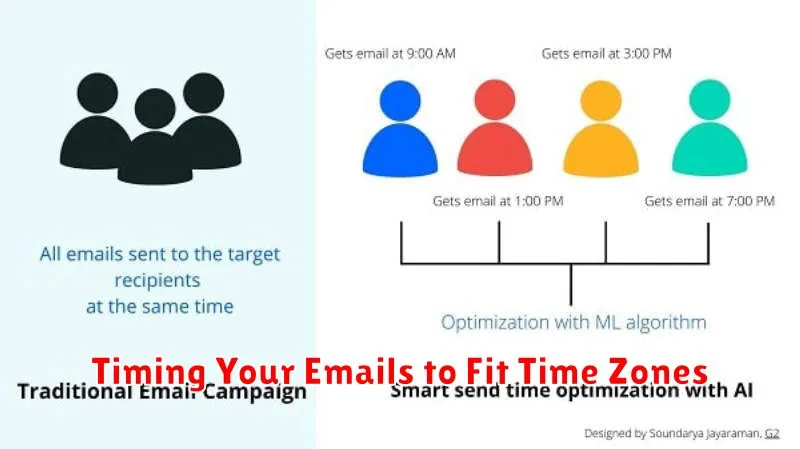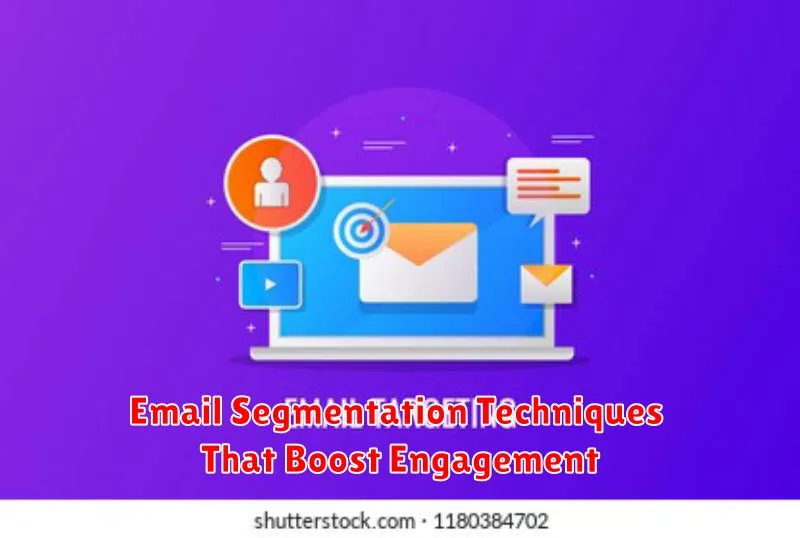In today’s digital landscape, email marketing remains a powerful tool for businesses to connect with their audience. However, simply sending out generic blasts to your entire subscriber list is no longer an effective strategy. To truly maximize your return on investment and foster meaningful engagement, email segmentation is paramount. By dividing your subscribers into specific groups based on shared characteristics, behaviors, or preferences, you can tailor your messaging to resonate with individual needs and interests. This targeted approach, utilizing proven email segmentation techniques, not only boosts open and click-through rates but also cultivates stronger customer relationships and ultimately drives conversions.
This article will delve into the most effective email segmentation techniques that you can implement to elevate your email marketing campaigns. We’ll explore various segmentation criteria, including demographics, engagement history, purchase behavior, website activity, and more. By understanding these email segmentation techniques and learning how to apply them strategically, you can transform your email marketing from a general outreach effort into a personalized communication channel, significantly boosting engagement and achieving your marketing goals. Discover how to move beyond generic email blasts and start connecting with your subscribers on a more personal and relevant level.
Segmenting by User Behavior
Segmenting your email list based on user behavior allows you to tailor messaging to how subscribers interact with your emails and website. This approach delivers highly relevant content, increasing engagement and conversions.
Key behavioral data points include website activity, email opens and clicks, purchase history, and content downloads. For instance, you can segment users who frequently open your emails but rarely click any links. This signals a potential interest in your content but perhaps a disconnect with your call-to-actions. A tailored segment for this group could experiment with different calls to action, content formats, or sending frequency.
Another example is segmenting based on purchase history. Identifying users who regularly purchase specific product categories allows you to send targeted promotions and product recommendations, increasing the likelihood of repeat purchases.
Using Demographics to Personalize Content
Demographic segmentation allows you to divide your email list based on shared characteristics. This enables the creation of more relevant and targeted content. Some common demographic factors include age, gender, location, education level, income, and occupation.
By understanding these characteristics, you can tailor messaging to resonate with specific groups. For example, promotional emails for retirement planning may be more effective when sent to subscribers within a certain age bracket. Similarly, location-based targeting can highlight nearby events or special offers.
Effective use of demographics requires accurate data collection. Ensure your signup forms collect the necessary information. However, prioritize collecting only the data that directly informs your marketing strategy. Respect user privacy and be transparent about how you will use their data.
Analyzing demographic data helps reveal trends and preferences within your subscriber base. This insight enables you to create personalized email campaigns that improve open rates, click-through rates, and ultimately, conversions.
Creating Interest-Based Tags

Interest-based tagging is a powerful segmentation technique that allows you to categorize subscribers based on their expressed or observed interests. This enables highly targeted email campaigns that resonate with specific subscriber segments, leading to increased engagement.
Identifying Interests can be achieved through various methods. Explicit methods include directly asking subscribers about their preferences via signup forms, surveys, or profile updates. Implicit methods involve tracking website activity, email clicks, and purchase history to infer subscriber interests.
Implementing Tags: Once interests are identified, assign relevant tags to each subscriber. For example, a subscriber who frequently clicks on links related to “fitness” could be tagged with “fitness enthusiast.” A subscriber who purchases products in the “home decor” category could be tagged with “home decor.” Using a robust email marketing platform with tagging capabilities is crucial for efficient implementation.
Utilizing Tags for Segmentation: With tags in place, segment your subscriber list based on specific interests. Send targeted campaigns promoting relevant products, content, or offers to each segment. This ensures that subscribers receive information aligned with their interests, leading to higher open rates, click-through rates, and conversions.
Timing Your Emails to Fit Time Zones

Sending emails at the right time is crucial for maximizing open and click-through rates. Time zone segmentation allows you to deliver your message when subscribers are most likely to engage. Ignoring time zones can lead to emails arriving in the middle of the night or during off-work hours, decreasing their effectiveness.
Consider your target audience’s location and tailor your sending schedule accordingly. For example, if your audience spans multiple countries, divide your list into segments based on their respective time zones. This ensures that your emails reach them at optimal times, regardless of their geographical location.
Tools and email marketing platforms often provide features to automate time zone-based sending. You can schedule your campaigns to be automatically deployed at the best time for each segment. This streamlines the process and avoids manual adjustments for different time zones.
Segmenting by Purchase History
Segmenting your email list based on past purchases is a powerful way to tailor messaging and offers. This allows you to send targeted promotions, product recommendations, and relevant content that resonates with each customer’s buying habits.
Consider segmenting by factors like:
- Purchase frequency: Reward loyal customers with exclusive offers.
- Monetary value: Offer premium products to high-spending customers.
- Product category: Suggest related items based on previous purchases.
- Time since last purchase: Re-engage inactive customers with targeted incentives.
By analyzing purchase history, you can create highly personalized campaigns that increase conversions and build stronger customer relationships.
Testing Different Approaches by Segment
Once you’ve segmented your audience, the crucial next step is to test different approaches for each segment. This involves tailoring your email content, including subject lines, messaging, and offers, to resonate with the specific characteristics and interests of each group. A/B testing is a highly effective method for determining what works best.
For example, you might test different subject line lengths for a segment of subscribers who primarily open emails on their mobile devices. Or, you might experiment with different calls to action for a segment of high-value customers. By analyzing the results of these tests, you can continually refine your email strategy to maximize engagement within each segment.
Key Metrics to Track:
- Open rates
- Click-through rates
- Conversion rates
- Unsubscribe rates
Cleaning Your List Regularly
Maintaining a clean email list is crucial for maximizing engagement and achieving a strong return on investment. Regular cleaning involves removing inactive subscribers, invalid email addresses, and spam traps.
Inactive subscribers are those who haven’t engaged with your emails for a certain period, such as six months or a year. Their lack of interaction negatively impacts your deliverability rates and skews campaign metrics.
Invalid email addresses, including those with typos or those that no longer exist, contribute to hard bounces. A high bounce rate can signal to email providers that your list is poorly maintained, potentially leading to your emails being flagged as spam.
Spam traps are email addresses used specifically to identify senders with poor list hygiene practices. Hitting a spam trap can severely damage your sender reputation and deliverability.
By regularly cleaning your list, you improve your sender reputation, increase your email deliverability, and ensure more accurate performance metrics, leading to more effective email marketing campaigns.

